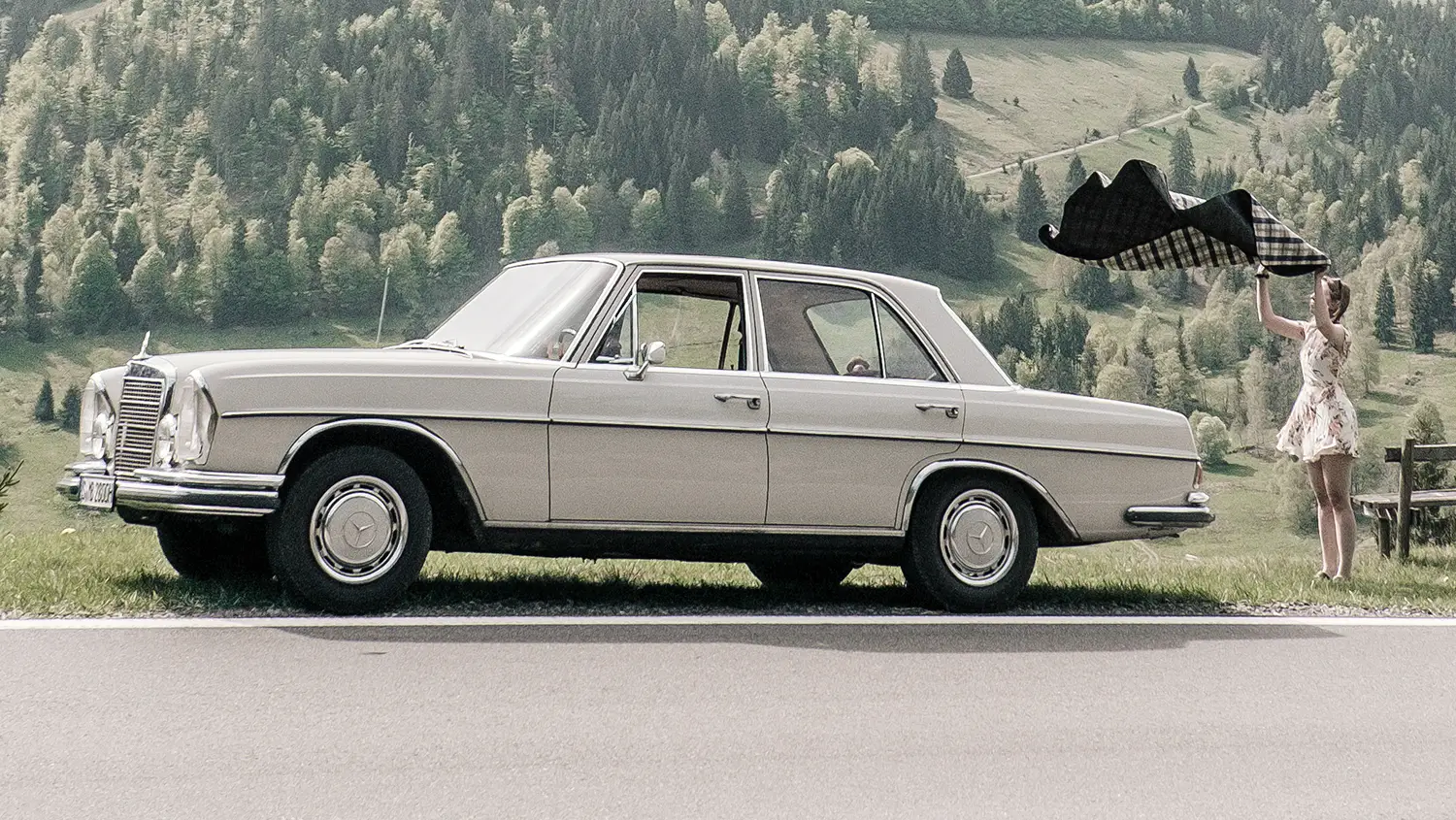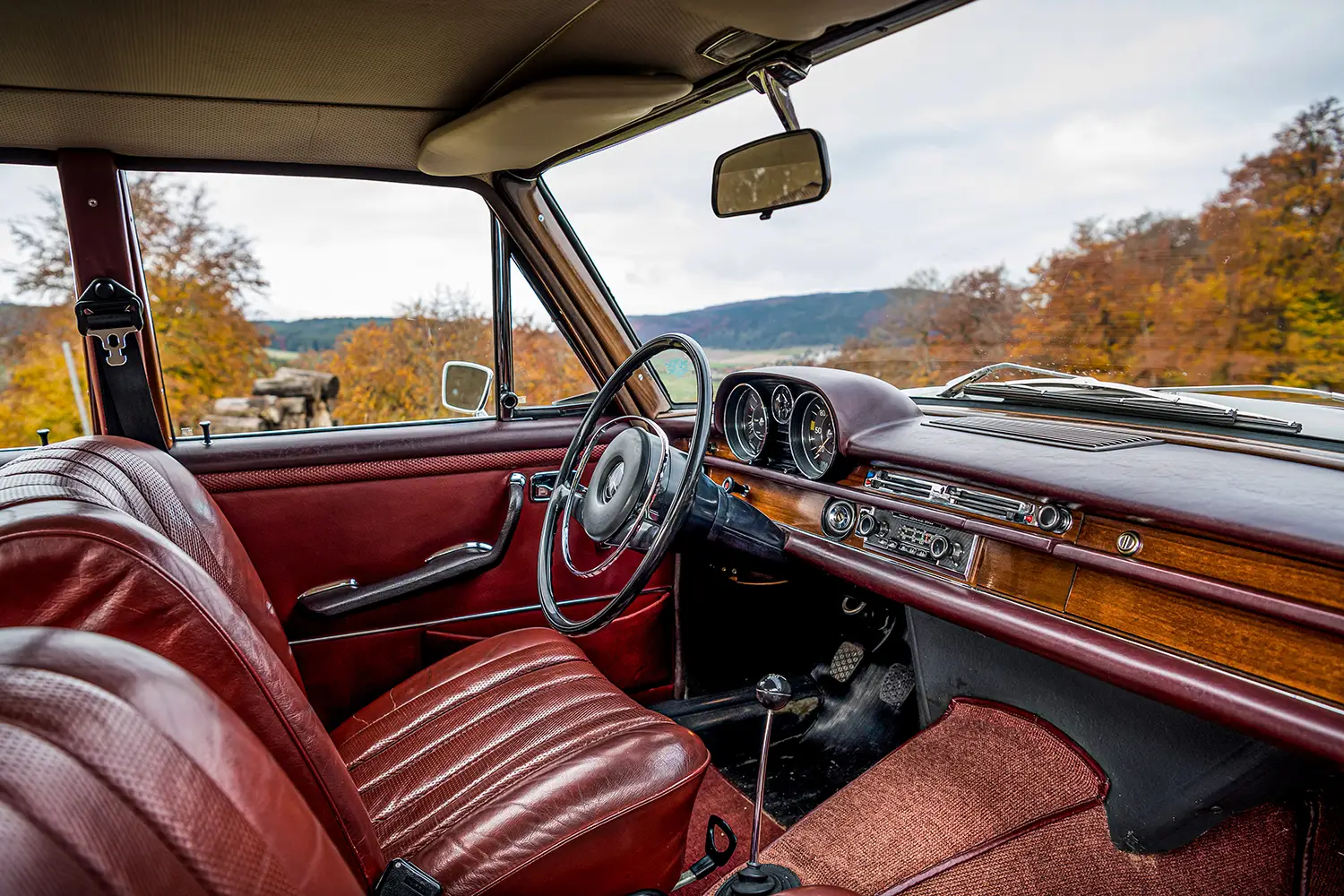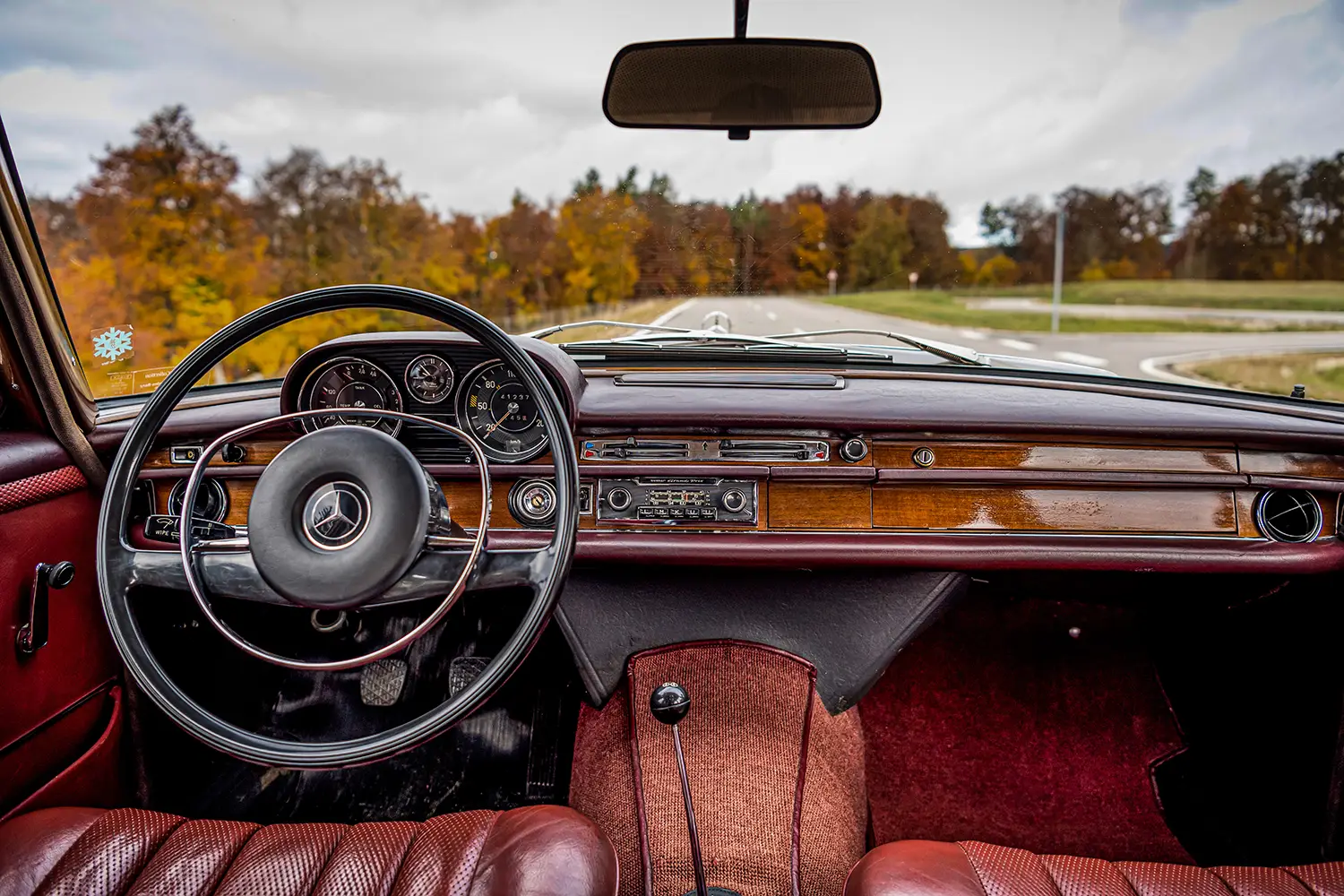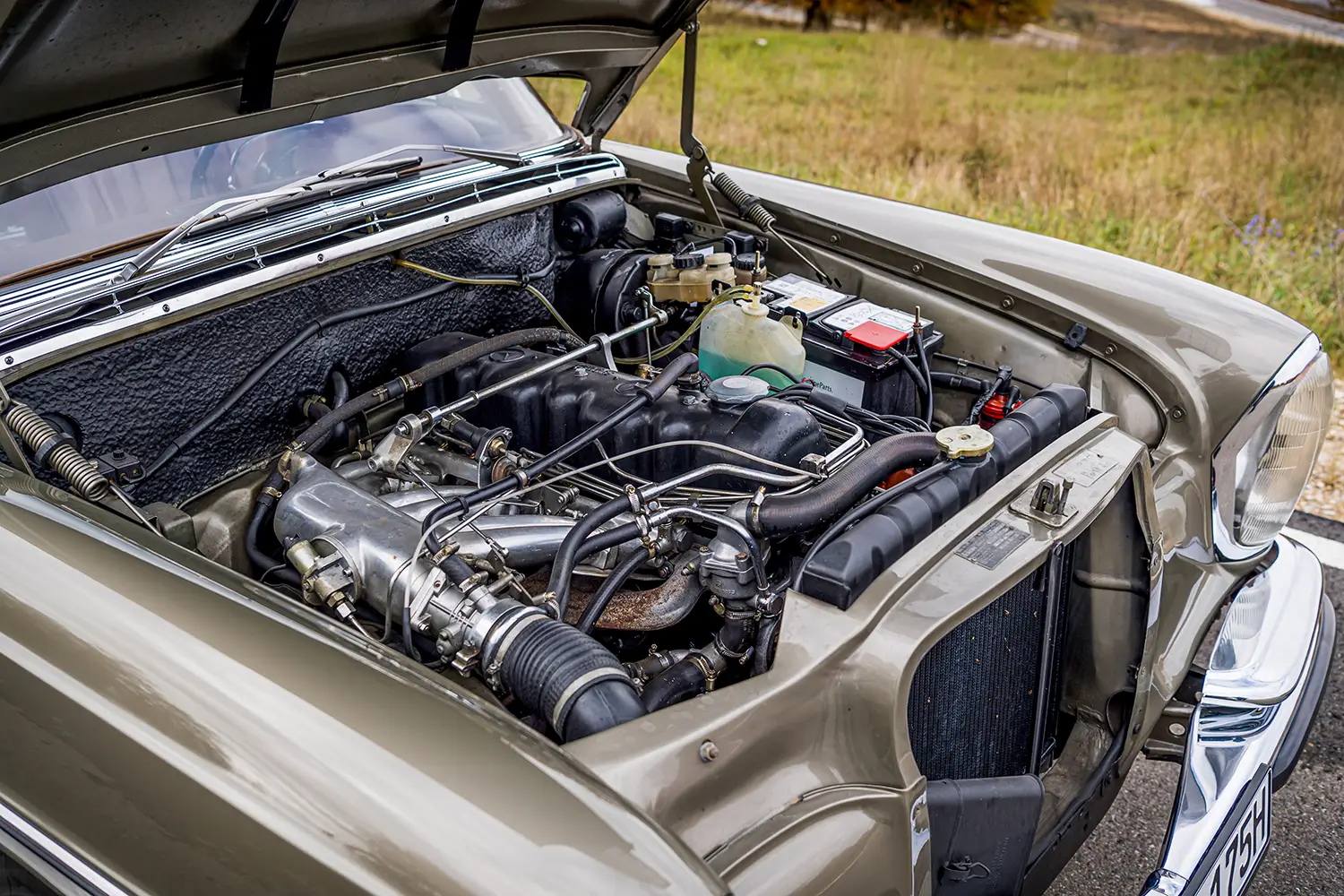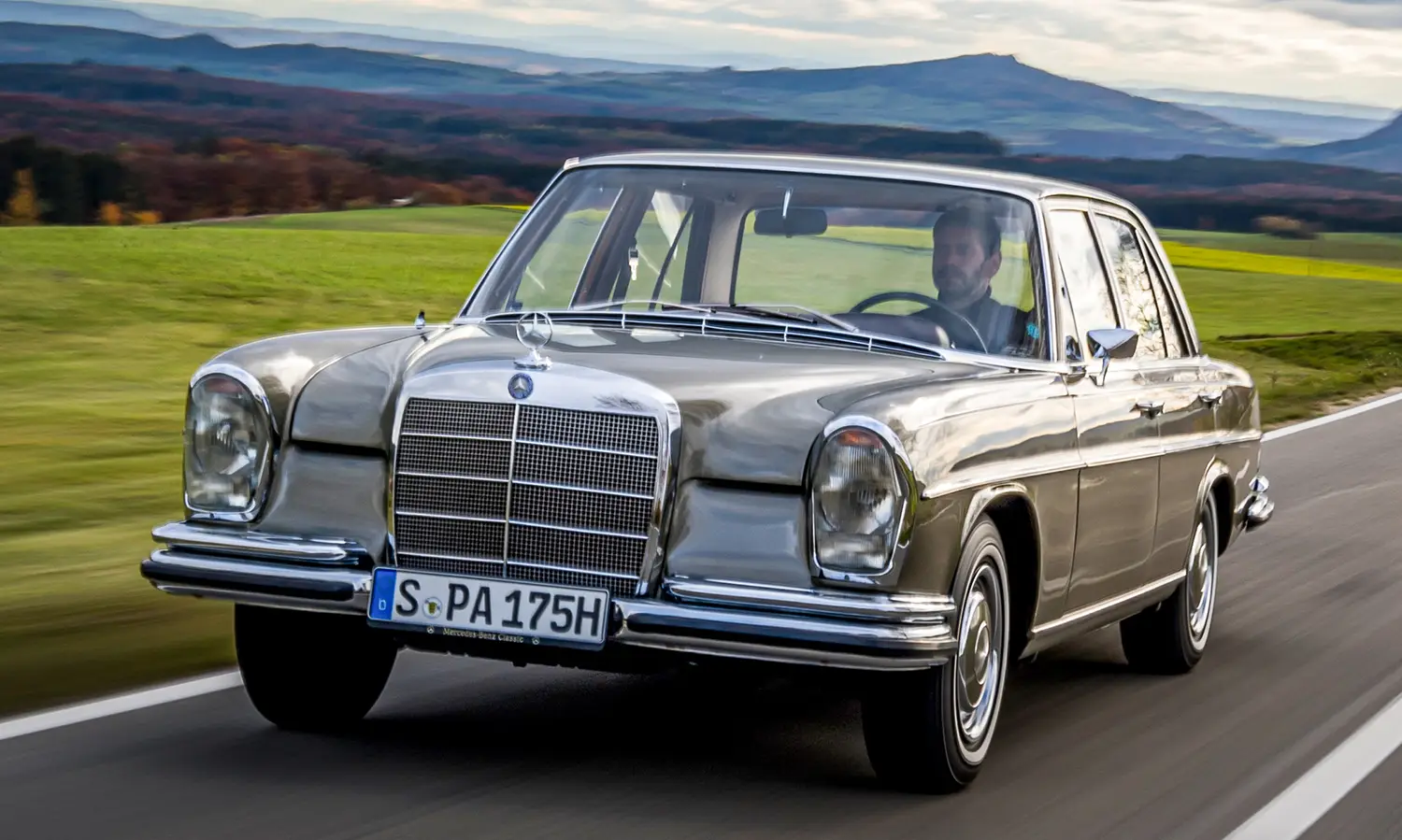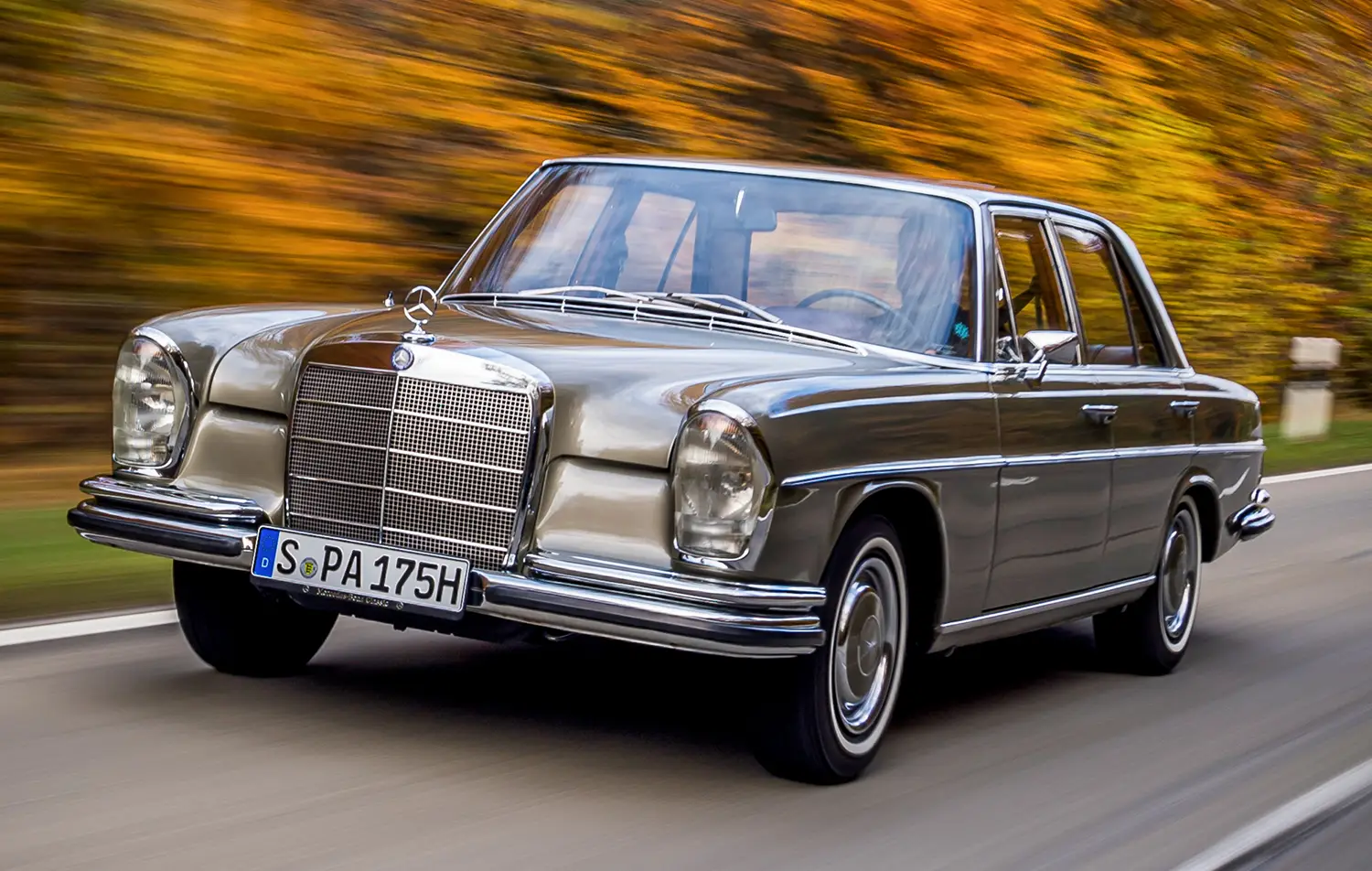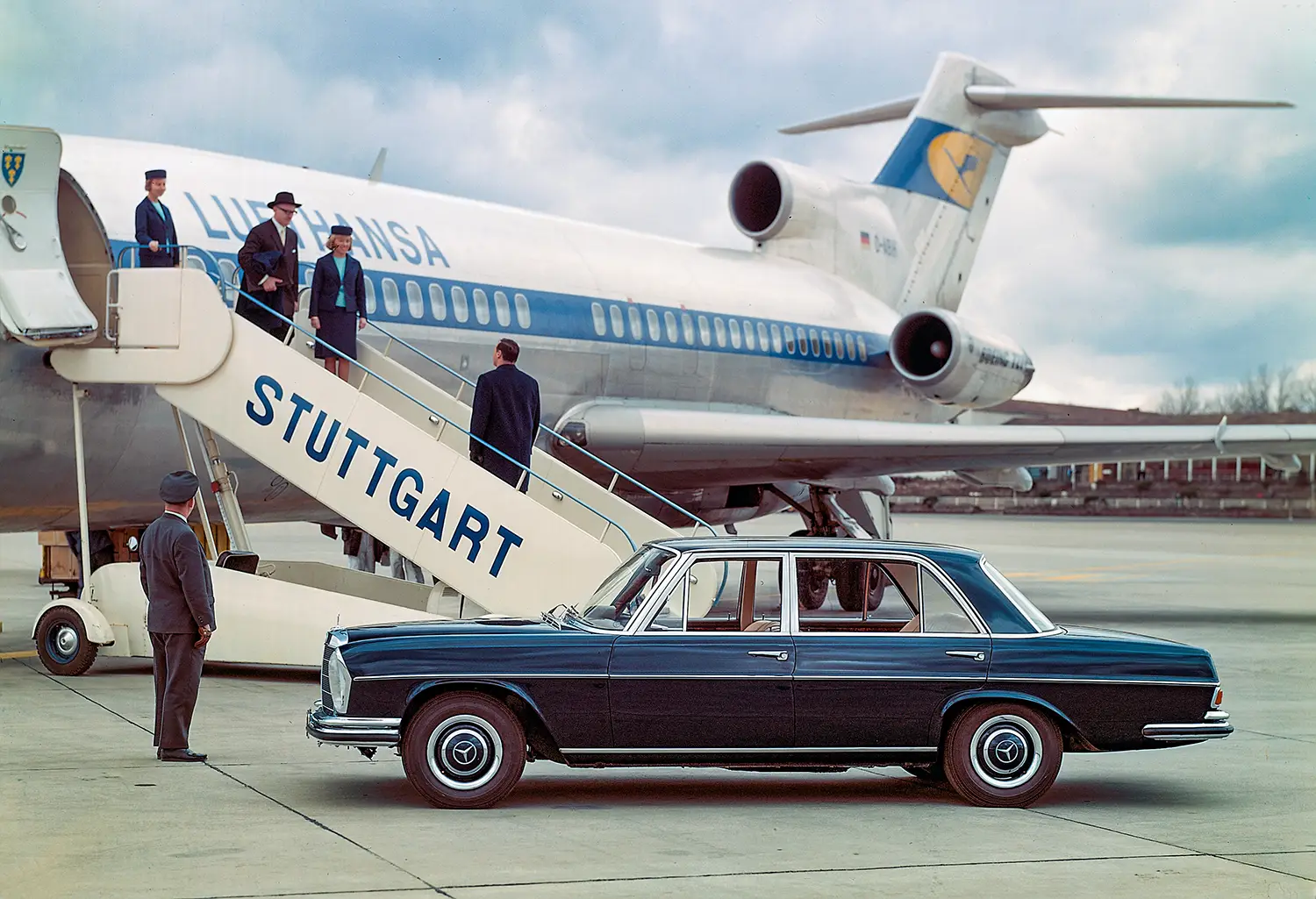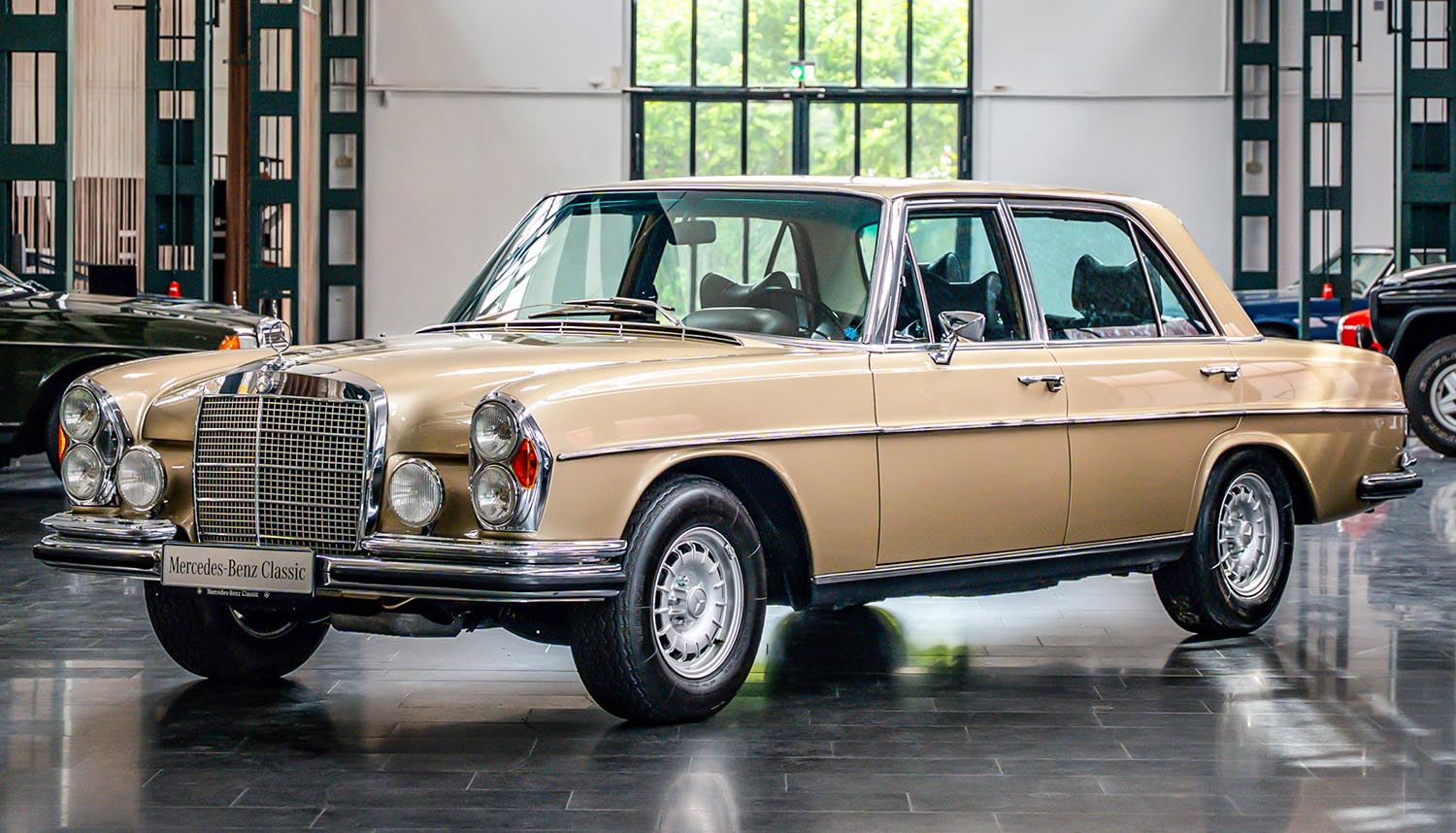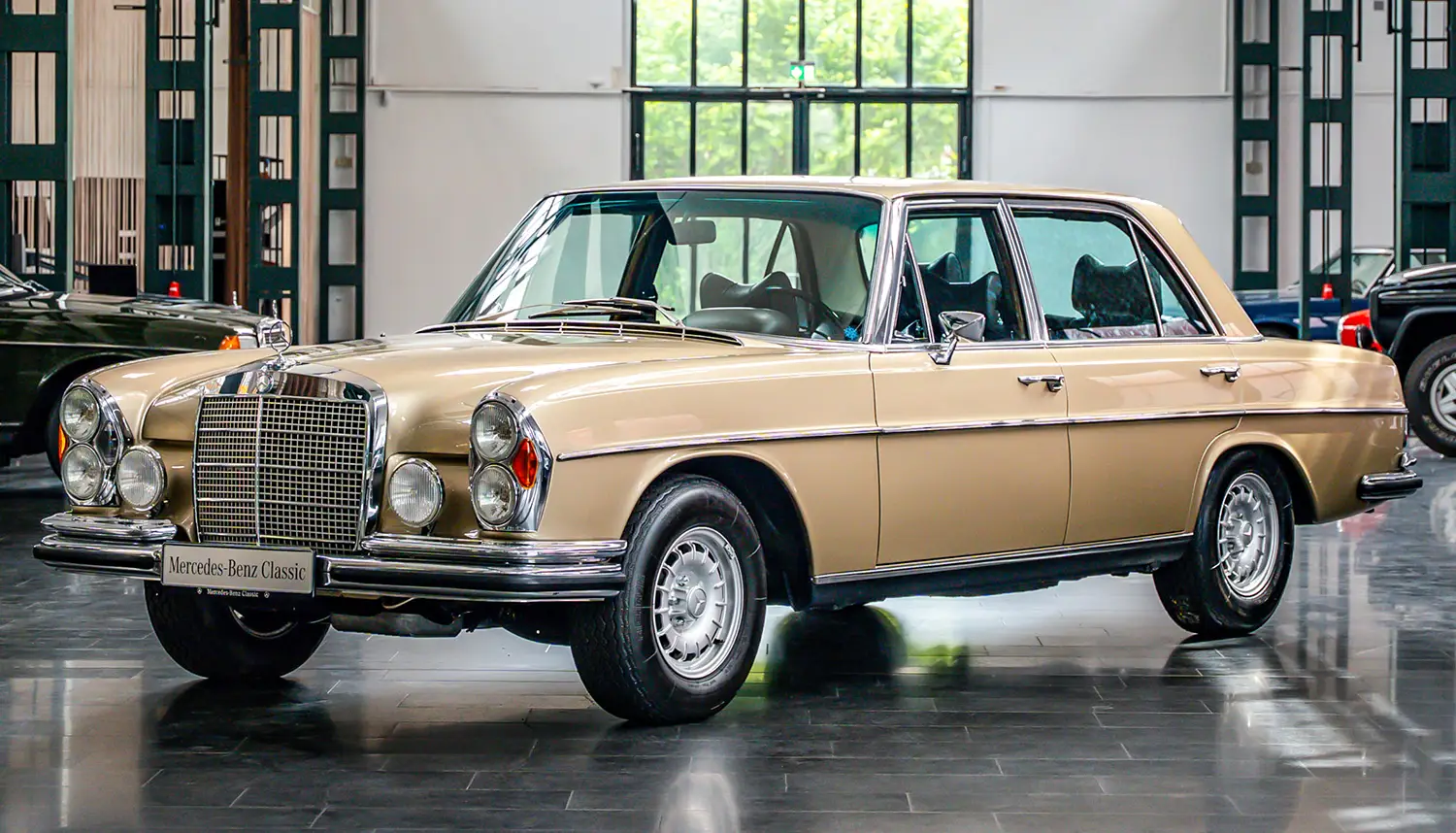
The Mercedes-Benz 108/109 Series turns 60 this year, a milestone for the cars that reshaped luxury motoring when they arrived in 1965. Debuting at the Frankfurt Motor Show, the 108 and its extended-wheelbase sibling, the 109, defined a new chapter in style, comfort, and technology.
Design of the Mercedes-Benz 108/109 Series
The 1960s marked a shift in aesthetics across fashion, architecture, and cars. Paul Bracq’s design for the Mercedes-Benz 108/109 Series captured that change with clean lines, a lower roofline, and expansive glass surfaces.
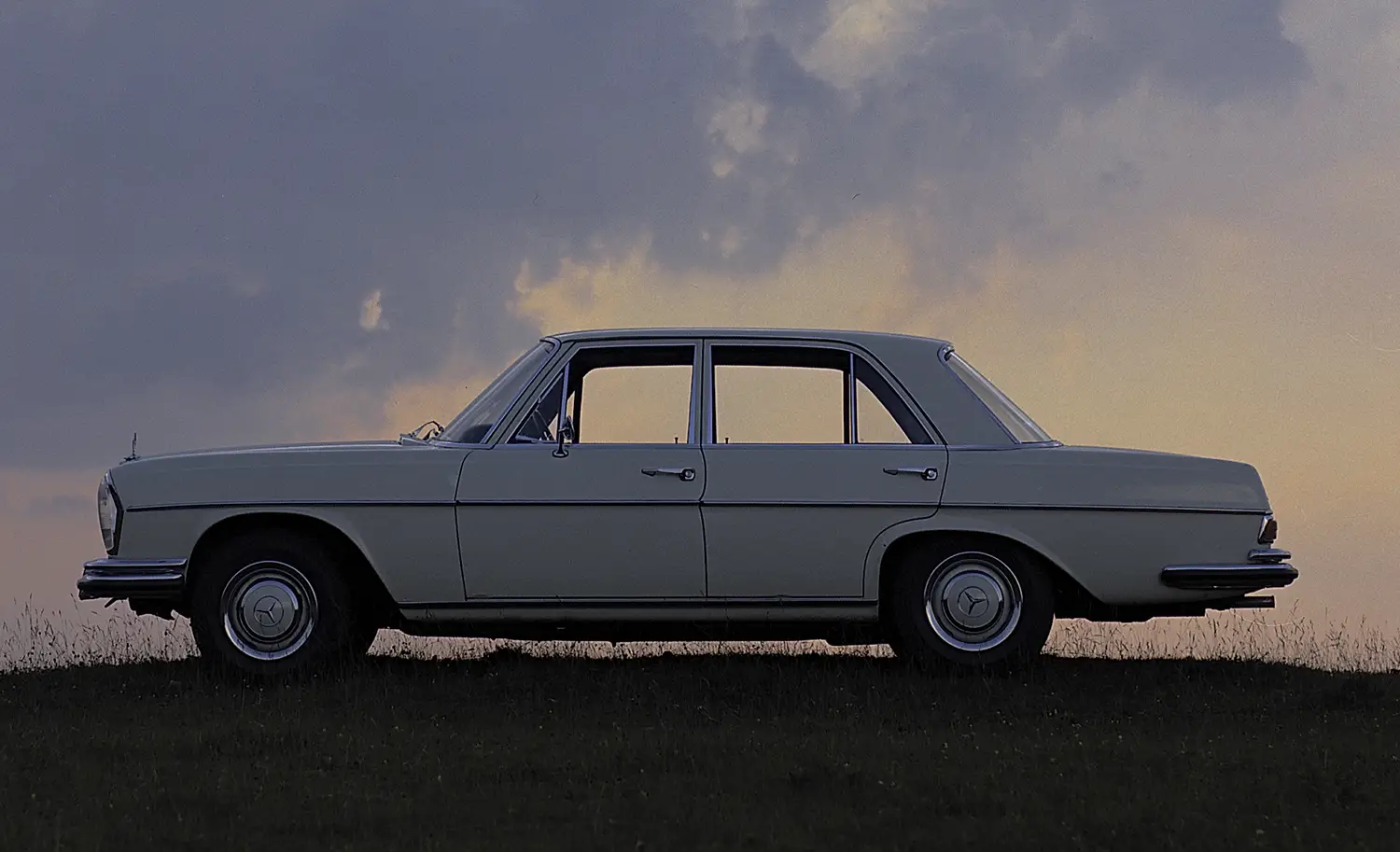
The radiator grille was reimagined with a near-square shape, adding to the modern look while retaining brand identity. Unlike many contemporaries, these cars avoided trends and remain timeless even six decades later.
The Road to the S-Class
The 108/109 Series quickly became the best-selling luxury saloons of their era. Their balance of space, refinement, and understated elegance set the stage for the first official S-Class, introduced in 1972 with the 116 Series.
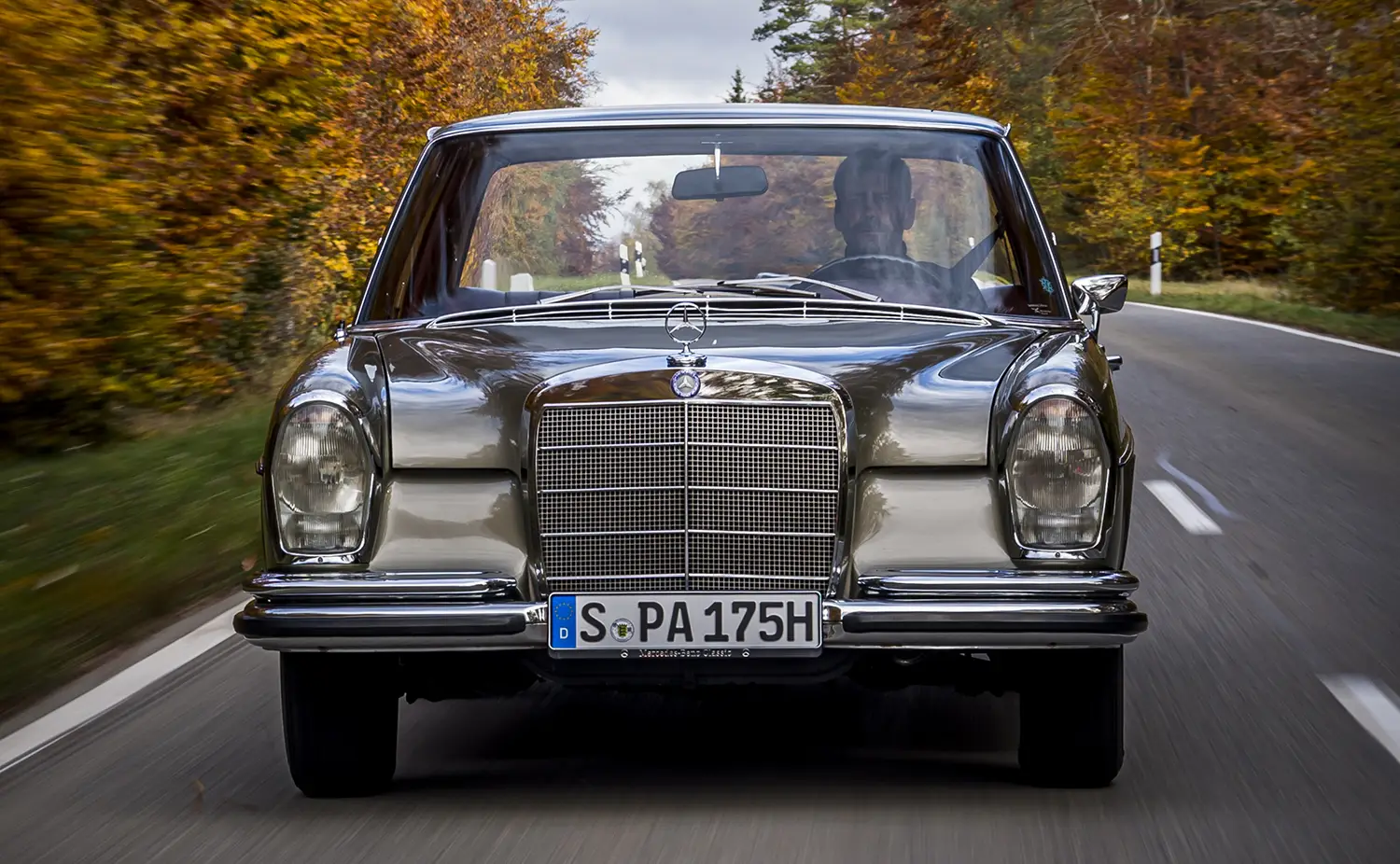
This continuity is still evident today, carried forward by the current 223 Series from Mercedes-Benz, AMG, and Maybach.
Mercedes-Benz 108/109 Series Engineering and Safety
All models featured disc brakes on all wheels and a hydro-pneumatic compensating spring to stabilize heavy loads. Six-cylinder engines powered the early versions, with fuel-injected “E” models using advanced six-piston pumps.
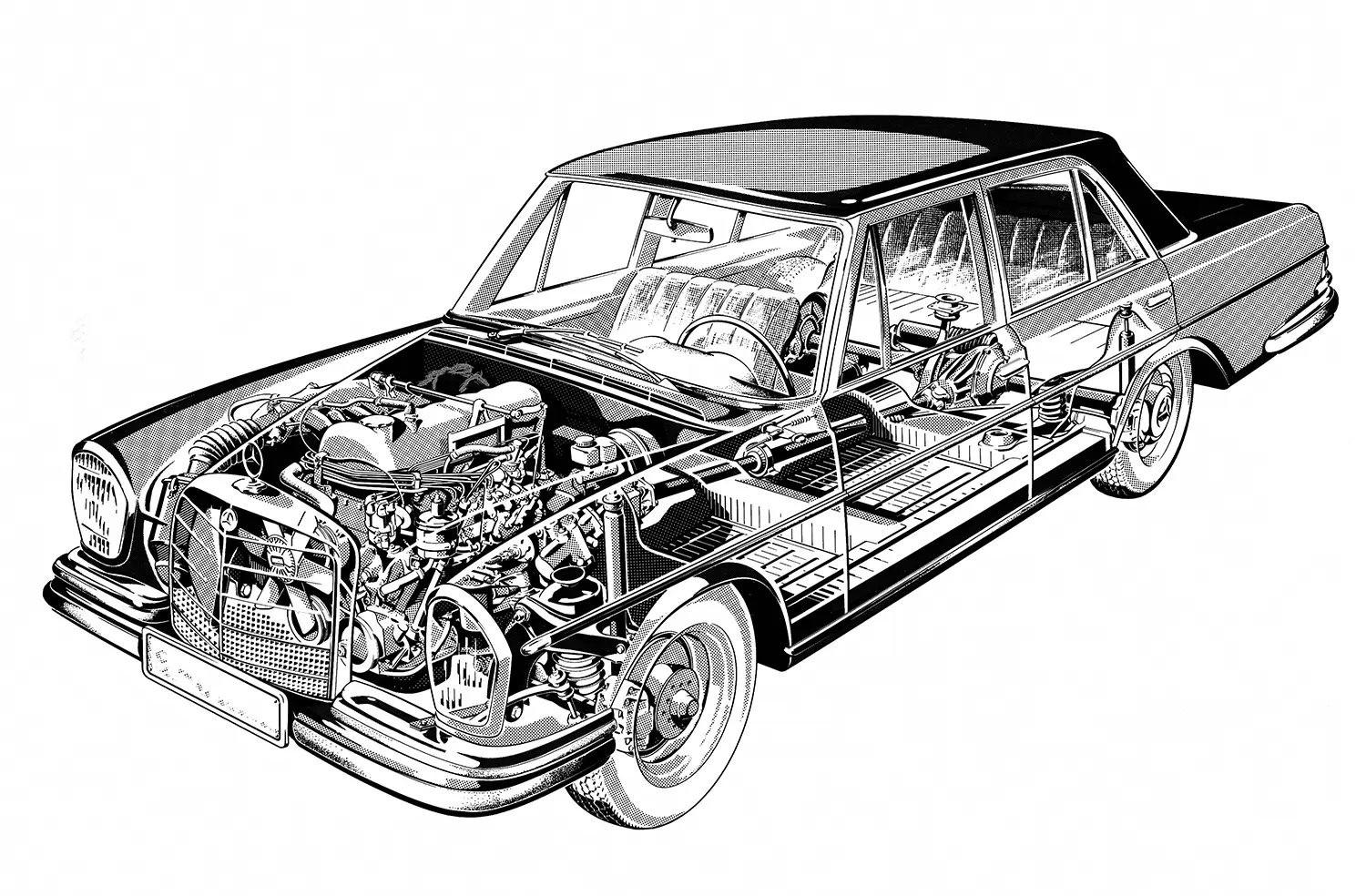
In 1969, Mercedes introduced the 300 SEL 3.5 with a new V8 engine and Bosch D-Jetronic injection. Export markets, especially the United States, received the 4.5-litre variant. These were the first mass-produced Mercedes-Benz V8 engines.
Power and Performance of the Mercedes-Benz 108/109 Series
The range’s most powerful model arrived in 1968: the 300 SEL 6.3. Borrowing its drivetrain from the flagship 600, it packed a 6.3-litre V8 that delivered performance rivaling sports cars of the day.
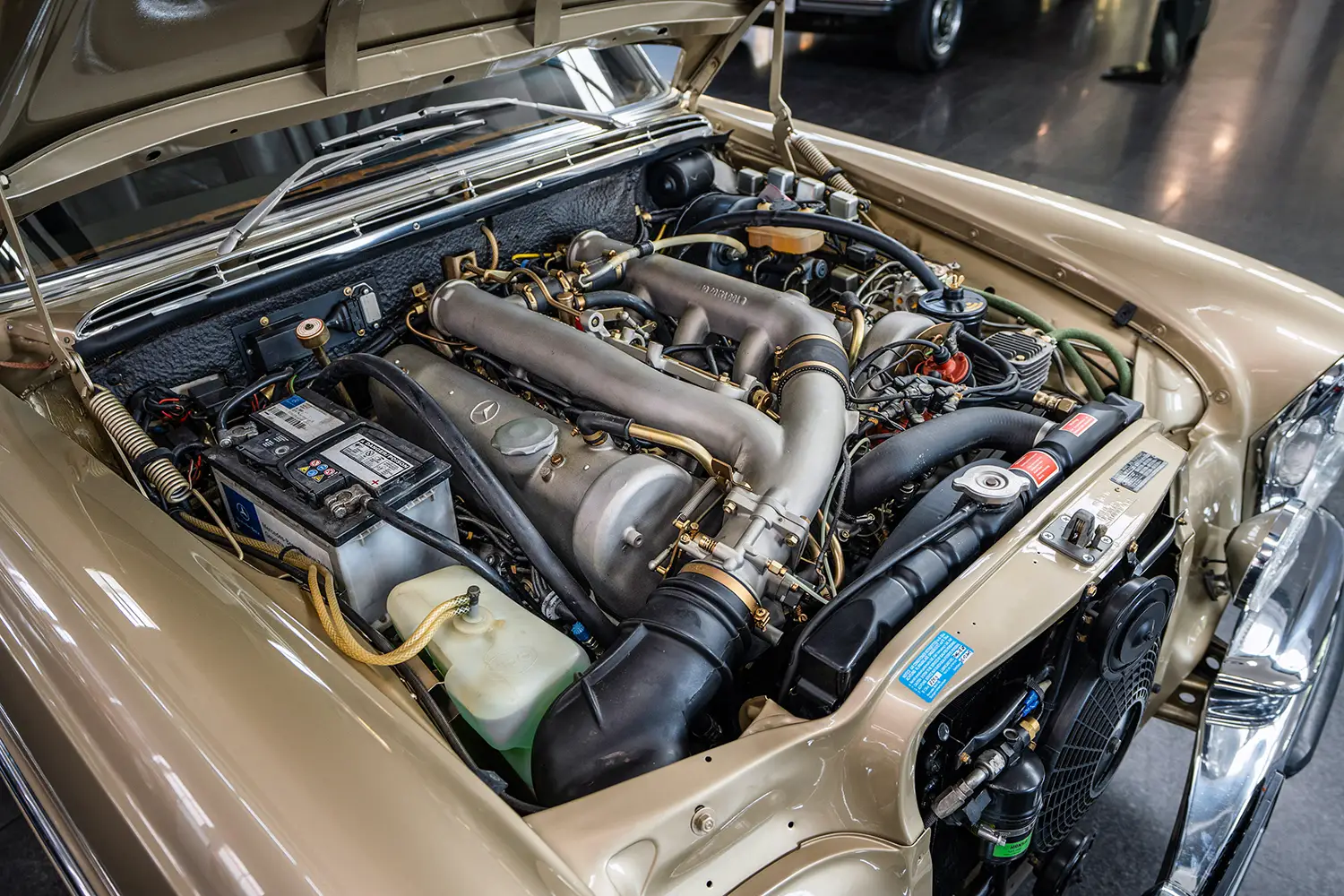
With 250 hp and remarkable torque, the sedan could reach 100 km/h in under 7 seconds. Luxury and speed combined seamlessly, establishing the blueprint for future performance saloons.
Market Success and Collector Value
Between 1965 and 1972, over 382,000 units of the 108/109 Series were produced. Their success helped cement Mercedes-Benz as the benchmark for luxury saloons.
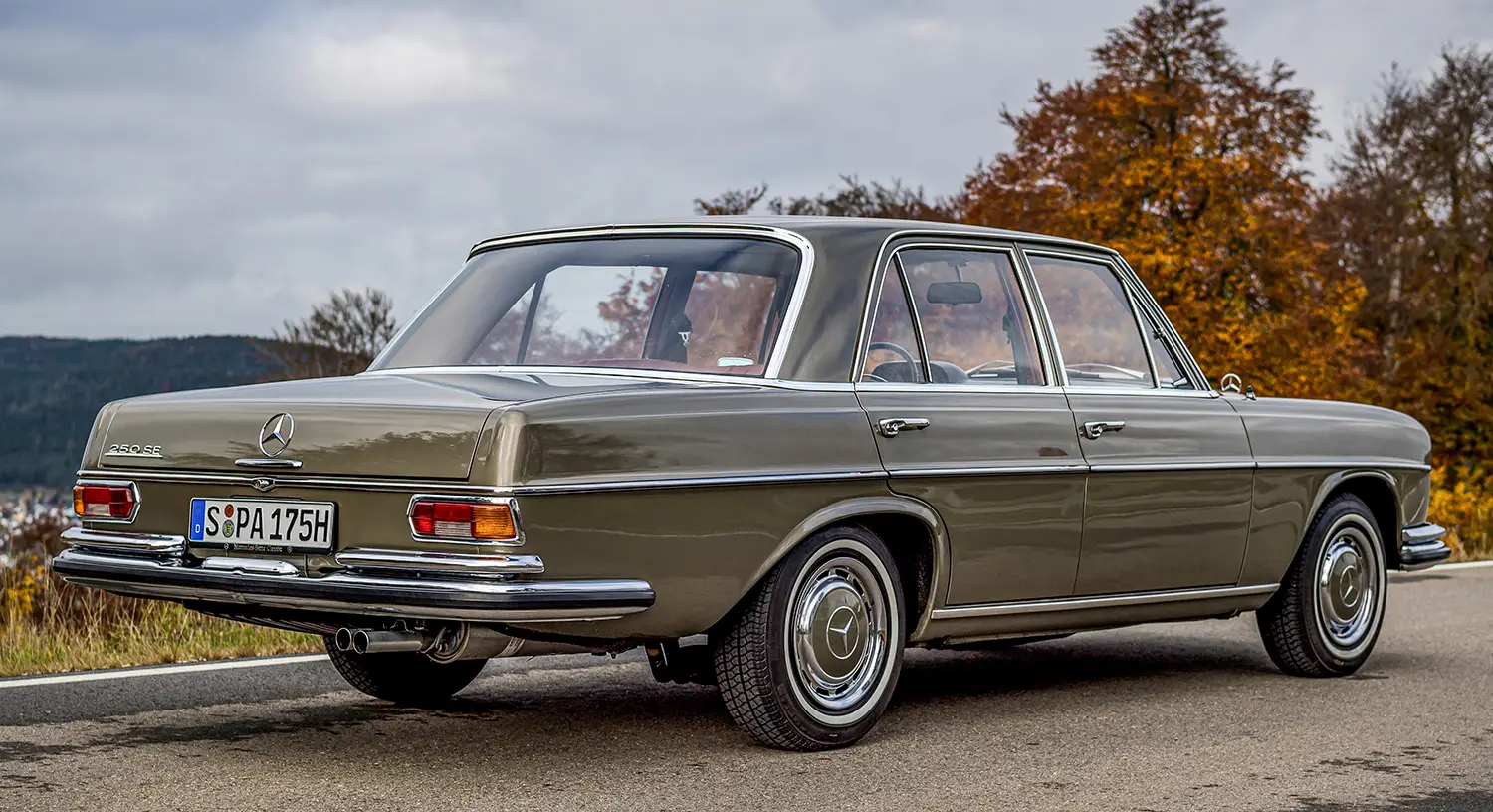
Today, values remain strong. A 280 SE 3.5 in good condition can fetch over €30,000, while pristine examples of the 300 SEL 6.3 command upwards of €90,000.
Mercedes-Benz Classic Genuine Parts
Many of these cars remain on the road thanks to Mercedes-Benz Classic. Around 2,100 genuine parts are still available, from engine components like pistons and camshafts to windscreens in three variations.
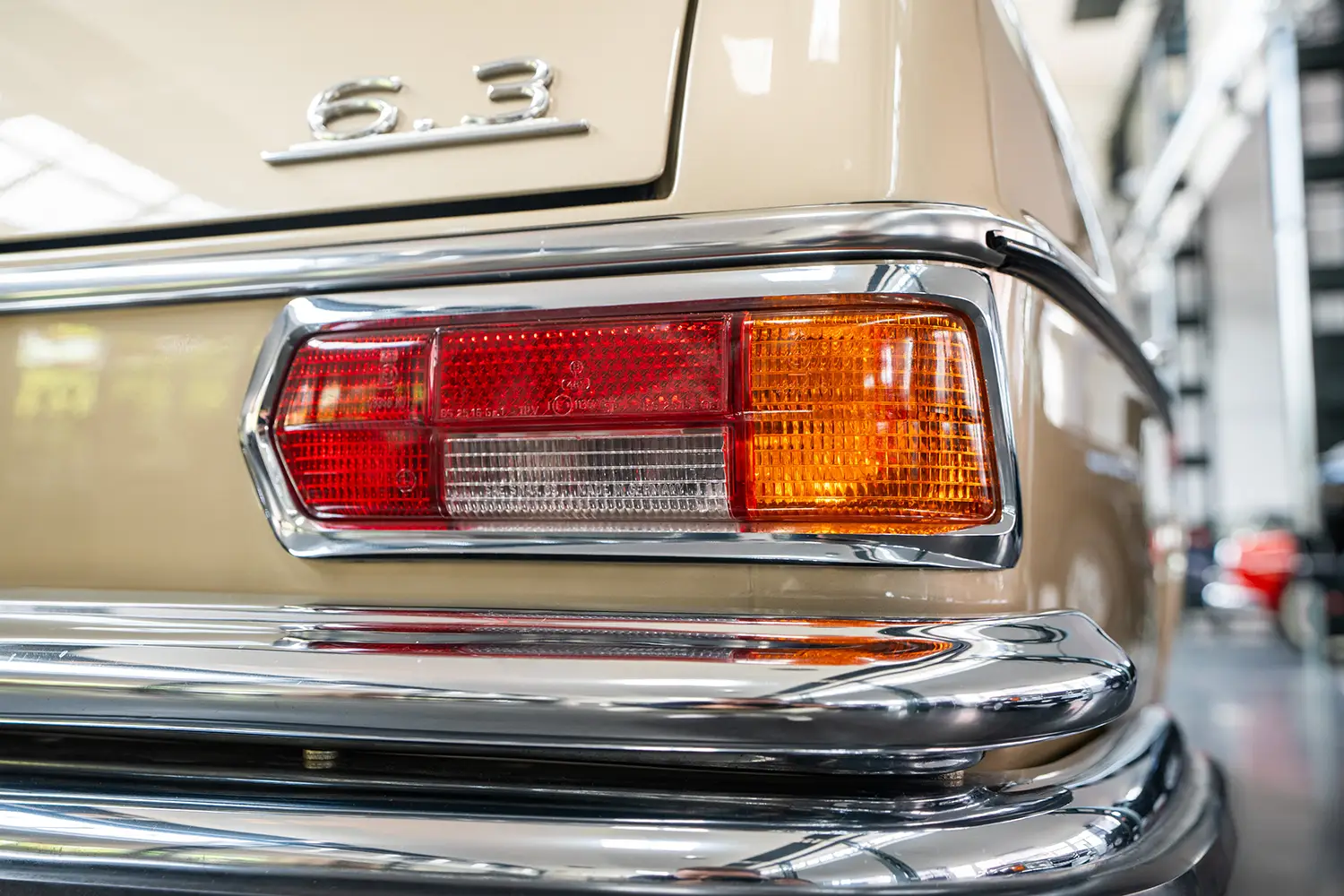
This supply ensures that the 108/109 Series remains both drivable and authentic, preserving the link between past and present.
Summary
The Mercedes-Benz 108/109 Series celebrates 60 years as icons of design, engineering, and luxury. Their combination of elegance, innovation, and V8 performance set the foundation for the modern S-Class and still resonate strongly in today’s classic car market.
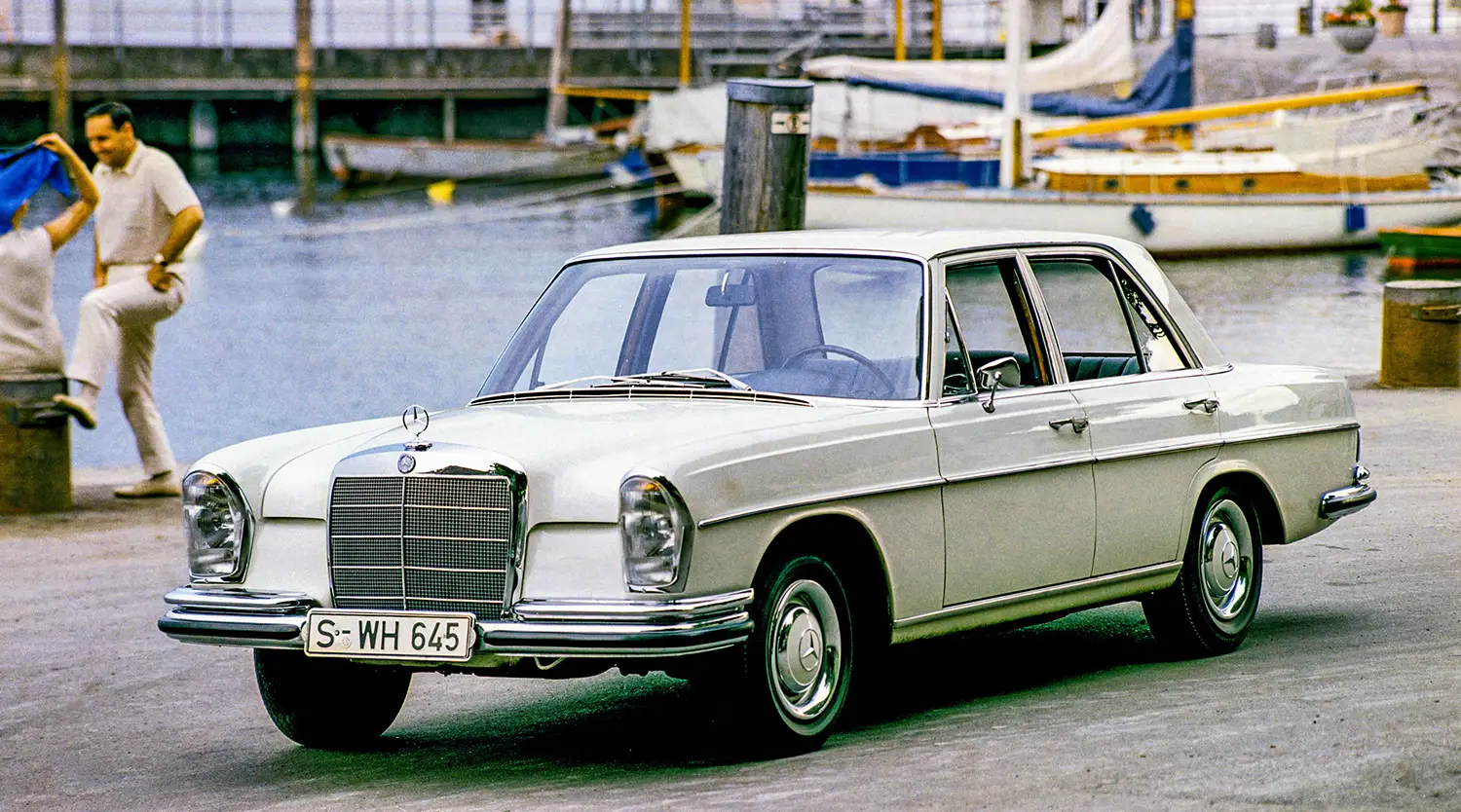
Disclaimer: Content on this site is for informational purposes only. Vehicle specs, pricing, and availability may change. Always verify details with official sources before making decisions. Opinions are those of the authors.
Source: Mercedes-Benz
